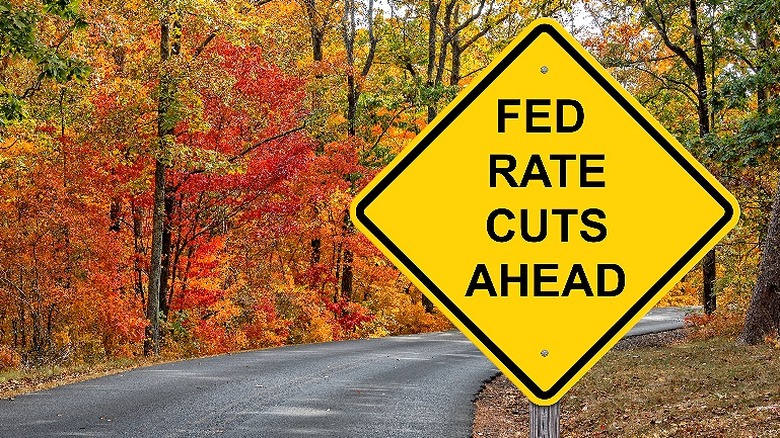Why The 'Age In Bonds' Rule Can Set Yourself Up For Retirement Success
In the investing sphere, some individuals have achieved a certain fame with the general public. For example, George Soros, activist investor Carl Ichan, and Warren Buffett (check out some of Buffett's best money tips), just to name a few. However, John "Jack" Bogle should also be worthy of your consideration. Bogle founded the uber-popular Vanguard family of mutual funds in 1975 and was a pioneer in introducing no-load (no commission) mutual funds, as well as index funds.
However, where retirement accounts like the IRA and 401(k) are concerned, Bogle was also an advocate of adding a dose of fixed-income securities, like bonds, right alongside your collection of stock market holdings. Per the legendary investor, the proportion of bond holdings versus stocks and other investments is largely dependent upon age. This methodology is known as the Bogle Asset Allocation rule or, more simply, the "your age in bonds" rule.
Following the age-in-bonds rule, a 30-year-old's retirement portfolio should contain approximately 30% bonds and 70% other investments like equities (stocks). Conversely, a 70-year-old's nest egg would compromise 70% bond holdings. But what's the reasoning behind the age-in-bonds rule and is it still worthwhile advice nowadays? Let's dive in.
Older investors should be more conservative
In a nutshell, the methodology behind the age-in-bonds rule is that younger investors can tolerate more risk. After all, they have additional time to recover from a stock market correction, or even a crash, before taking distributions (withdrawals) from their accounts. On the other hand, though bond prices can fluctuate mildly over the life of the bond, they'll typically return 100% of their face value (par value) if held until maturity, plus interest. For this reason, bonds are considered less risky and a more conservative approach to investing than stocks.
For an investor who's nearing, or at, retirement age, preservation of capital is important since there may not be appropriate time to ride out a stock market downturn before the money within the retirement account is needed for living expenses, medical costs, and other reasons. The downside to a conservative approach of investing in bonds — including similar "bond-like" instruments such as certificates of deposit (CDs) — is that the returns are historically lower than investing in the stock market over the long term.
Stocks outperform bonds over the long term
According to research firm Morningstar (via CNN Money), "Since 1926, large stocks have returned an average of 10% per year; long-term government bonds have returned between 5% and 6%." However, at certain points in time, the disparity between stocks and bonds is even worse. Following the Great Recession in 2008, the Federal Reserve slashed interest rates to the bone and kept rates low until mid-2022, when out-of-control inflation finally forced a cycle of rate hikes.
In the 10-year period ending in 2023, the 10-year treasury bond returned less than 1.5%. That's not even enough to keep pace with inflation and hence, a net loss for investors. Nowadays, bond (and CD) yields are more attractive than the aforementioned example, but still, a return to the salad days of the 1970s-, 1980s-, and 1990s-era rates is unlikely, perhaps ever.
While John Bogle's age-in-bonds rule is a step in the right direction toward diversification and moderating risk, it should also be fine-tuned based on individual factors. For instance, does the future-retiree have a pension or significant Social Security benefits to supplement their retirement account? Is a person's income stable or subject to fluctuation, such as a commissioned salesperson. And generally speaking, Americans are enjoying longer lives than previous decades due to modern medicine and availability of health care. As always, you should consult with a professional financial adviser to determine your perfect allocation of bonds. (Check out our 10 tips for choosing a financial adviser.)


